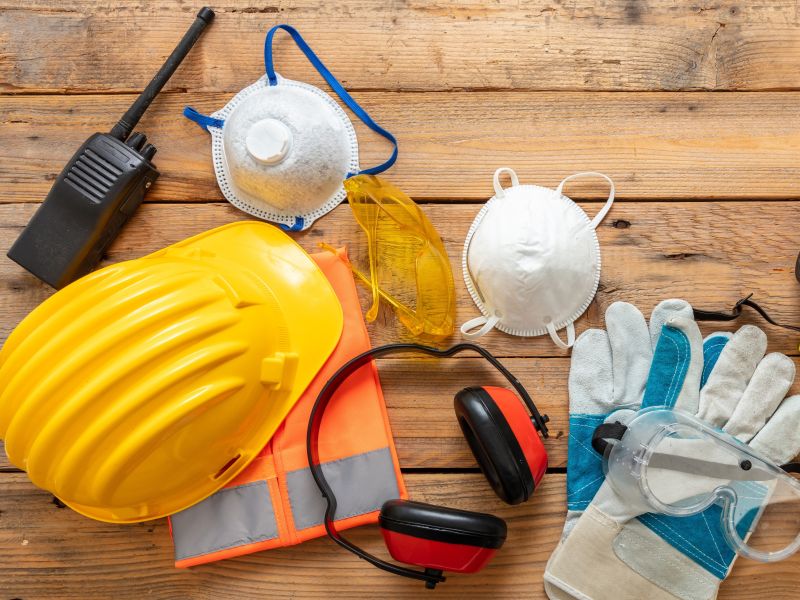Safety First: Building a Culture, Not Just Protocols

When most organizations think about workplace safety, they often envision checklists, procedures, and mandatory training sessions. While these are essential, they only scratch the surface. To truly prioritize “Safety First,” businesses must go beyond protocols and foster a culture where safety becomes a shared value, embedded into the very fabric of the organization.
Why “Safety First” Must Be a Cultural Value
Placing “Safety First” means more than compliance with regulations—it’s about creating an environment where every employee feels personally responsible for their own safety and that of their colleagues. Protocols can guide behavior, but culture shapes attitudes and drives consistent action, even in situations not covered by manuals.
Organizations with a strong safety culture experience fewer accidents, higher employee morale, and greater operational efficiency. When safety is viewed as a core value, not just a box to check, employees make safer decisions instinctively.
The Difference Between Protocols and Culture
Protocols are formalized rules and procedures designed to minimize risk. They are crucial for maintaining a baseline level of safety, especially in high-risk industries like construction, manufacturing, and healthcare. However, protocols alone can fail if employees don’t buy into them or understand their importance.
A safety culture, on the other hand, is about mindset. It ensures that safety is part of every conversation, decision, and action—whether or not a specific rule exists for the situation. It’s proactive, not reactive.
Consider these two scenarios:
In a protocol-driven environment, employees follow safety measures only when supervisors are watching.
In a culture-driven environment, employees hold themselves and each other accountable, acting safely because they believe it’s the right thing to do—not because they’re being monitored.
The latter is the true essence of “Safety First.”
Building a “Safety First” Culture: Key Steps
1. Leadership Commitment
Culture starts at the top. Leaders must demonstrate a visible and genuine commitment to safety, showing that it is non-negotiable. Regularly talking about safety, allocating resources to it, and rewarding safe behavior sends a clear message: safety is valued here.
2. Employee Engagement
A safety culture cannot be imposed—it must involve everyone. Encourage employees to participate in safety committees, report hazards without fear of blame, and contribute ideas for improving workplace safety.
When employees feel heard and involved, they’re more likely to take ownership of safety practices.
3. Open Communication
Transparency is critical. Establish channels for reporting unsafe conditions and near-misses without fear of retaliation. Share lessons learned from incidents to prevent future occurrences.
Regular safety meetings, briefings, and even informal discussions keep safety top of mind.
4. Ongoing Training and Awareness
Go beyond initial onboarding. Provide continuous education on best practices, new equipment, and evolving risks. Interactive workshops, simulations, and scenario-based training can make safety concepts stick.
5. Recognition and Accountability
Recognize and reward employees who demonstrate exemplary safety behavior. At the same time, hold everyone—regardless of position—accountable for maintaining high safety standards.
Positive reinforcement helps embed safety as a core value, while accountability ensures no one becomes complacent.
The Benefits of a“Safety First” Culture
Companies that succeed in creating a strong safety culture enjoy numerous advantages:
Reduced incidents and injuries
Higher productivity from fewer disruptions
Improved employee morale and retention
Enhanced reputation with clients and stakeholders
Moreover, a “Safety First” culture often leads to better overall operational discipline, as employees learn to approach all aspects of work with care and attention to detail.
Conclusion: Safety Is Everyone’s Job
Embracing “Safety First” as a cultural value transforms workplaces. It creates an environment where every individual—from executives to frontline workers—shares responsibility for maintaining a safe and healthy workplace.
In the end, safety isn’t just about avoiding accidents. It’s about showing respect for people’s lives and wellbeing. That’s why organizations must strive to make safety not just a protocol, but a way of life.

